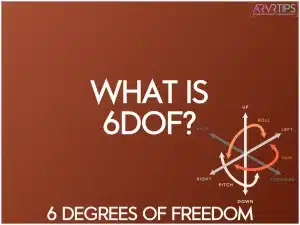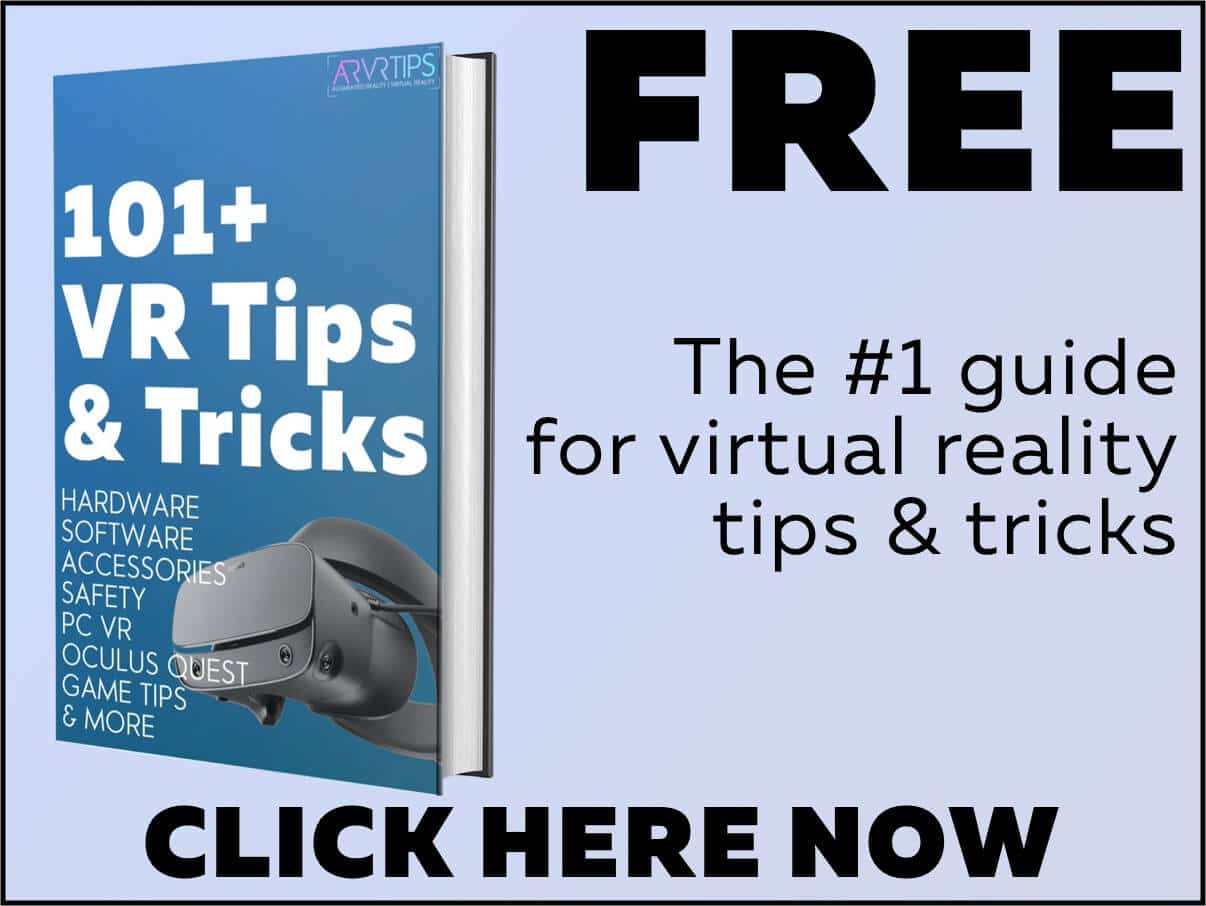In VR (Virtual Reality), 6DoF stands for “Six Degrees of Freedom.” In this guide, I’ll help you understand what 6DoF is, the benefits of it compared to 3 degrees of freedom, future things to get excited about, and more.
Picture this:
You’re in a virtual world, not just looking around but ducking behind virtual couches or dancing atop virtual tables. 6DoF lets you do all that and more by tracking your every twist, turn, and tango step in 3D space.
Intrigued?
We’ll dive deep into this tech wonder and explore its magic below.
Key Takeaways
6DoF VR tracks both rotational and translational movements, enabling complete freedom of movement in a virtual environment.
The hardware and complexity of 6DoF systems are advanced, involving internal or external tracking systems that accurately track your location in space and time.
The future of 6DoF VR is promising, with anticipated advancements in hardware, integration with AI, and expanded applications across various industries, making the experience more immersive, realistic, and accessible.
What is 6DoF (Six Degrees of Freedom?
6DoF stands for “Six Degrees of Freedom.” In the context of VR (Virtual Reality), it refers to the types and number of movements a system can detect and respond to. Specifically, 6DoF allows for tracking an object’s orientation and position (or user) in 3D space.
Here are the six degrees of freedom:
Pitch: Tilting forward and backward.
Yaw: Turning left and right.
Roll: Tilting side to side.
Surge: Moving forward and backward.
Sway: Moving left and right.
Heave: Moving up and down.
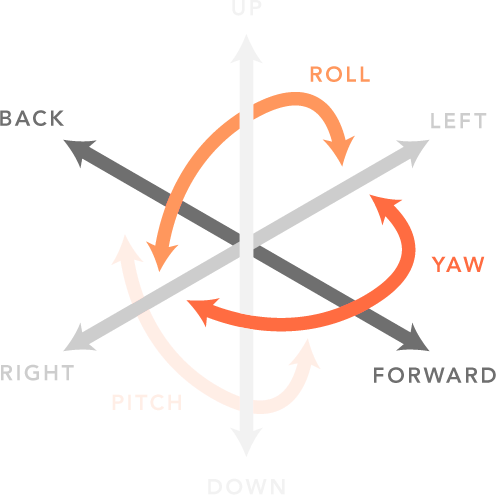
Components of 6DoF
Each degree of freedom represents a mode in which an object can move in three dimensions. These movements are categorized into rotational and translational motions. Let’s delve into each component:
Pitch
Rotational Movement
This refers to the tilting motion of an object forward or backward along its transverse (or side-to-side) axis. Imagine nodding your head up and down. This is similar to the pitch movement.
Yaw
Rotational Movement
Yaw describes the turning motion of an object left or right around its vertical (or up-and-down) axis. It’s akin to shaking your head from side to side. In aviation, for example, it denotes the side-to-side turning motion of an aircraft.
Roll
Rotational Motion
Roll pertains to the tilting motion of an object side-to-side along its longitudinal (or front-to-back) axis. Think of it as tilting your head towards your left or right shoulder.
Surge
Translational Movement
Surge represents an object moving forward or backward in its own longitudinal direction. It’s the equivalent of walking forward or backward without turning.
Sway
Translational Movement
Sway is the motion of an object moving left or right in its transverse direction. If you were to step to the side without turning your body, that movement would exemplify sway.
Heave
Translational Movement
Heave refers to an object moving up or down along its vertical axis. Imagine an elevator moving straight up or down; this motion is representative of heave.
When you put it all together, all three axes (x axis, y axis, and z axis) are all tracked as you move and play in VR.
6DoF vs 3DoF Comparison
Regarding 6DoF VR, we mean a VR system that can track all these movements. This is in contrast to 3DoF (Three Degrees of Freedom) VR systems, which typically track only the orientation (Pitch, Yaw, Roll) but not the position (Surge, Sway, Heave).
Type of Movement
6DoF (Six Degrees of Freedom)
Rotational: Pitch, Yaw, Roll
Translational: Surge, Sway, Heave
3DoF (Three Degrees of Freedom)
Rotational only: Pitch, Yaw, Roll
3DoF does not track physical movement in space.
Hardware
6DoF typically involves external tracking devices (sensors/cameras) or inside-out tracking systems integrated into the VR device. Inside-out tracking has become the most popular solution, with the Meta Quest leading the way in quality.
Compared to the first Oculus Quest that I bought, the latest Quest 3 VR headset has near-perfect positional tracking!
3DoF primarily relies on integrated gyroscope-based tracking, often without additional external sensors.
Immersion and interactivity
6DoF
Offers high immersion, allowing users to move within the virtual environment physically.
Enables intricate interactions like ducking, leaning, and walking within the VR space.
3DoF
Provides limited immersion, where users can only look around.
Interactions are restricted to looking, tilting, or rotating without spatial movement.
Applications
6DoF is ideal for applications requiring spatial understanding and detailed interactions, such as professional training simulations, architectural visualization, and immersive gaming.
3DoF
3DoF is best suited for passive VR experiences like watching 360-degree videos, simple VR games, or applications where tracking physical position isn’t crucial.
Overall, 6DoF VR systems provide a much more immersive and interactive experience than 3DoF systems. However, they require tracking technology and extra software to capture the full range of user movements.

Benefits of 6 Degrees of Freedom
6DoF (Six Degrees of Freedom) VR systems provide a more immersive and interactive virtual reality experience. Here are five benefits of 6DoF VR:
Enhanced Immersion
One of the primary goals of VR is to create an immersive experience, making users feel as if they are truly “inside” the virtual world. With 6DoF, users can move naturally within that space. They can lean around corners, take a step forward or backward, or even crouch down, and the virtual environment responds to these movements in real time, deepening the feeling of presence.
Greater Interactivity
6DoF VR allows users to engage with the virtual environment more diversely. For instance, in a virtual game or simulation, users can physically duck behind obstacles, peer over ledges, or approach objects from different angles, making interactions feel more intuitive and lifelike.
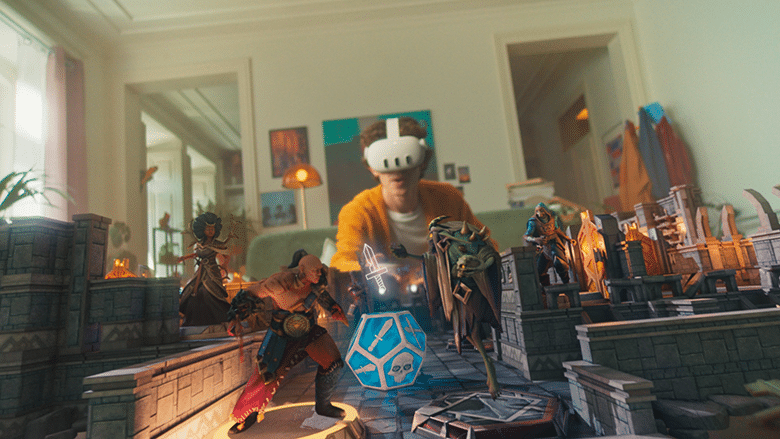
Improved Spatial Awareness
With 6DoF tracking, users have a better sense of spatial relations in the VR environment. This can be especially beneficial for applications like architectural walkthroughs, interior design previews, or any scenario where understanding space, distance, and dimensionality is critical.
Wider Range of Applications
The added depth of interaction and movement afforded by 6DoF makes it suitable for a broader range of applications beyond entertainment. It can be used in professional training simulations, medical rehabilitation, psychological treatments (like exposure therapy for phobias), and more.
Moving and interacting in a three-dimensional space can be essential for many of these applications.
Natural Movement Reduces Motion Sickness
One of the challenges of VR is the potential for motion sickness, which can occur when there’s a disconnect between what the eyes perceive and what the body feels. With 6DoF, as users can move more naturally within the virtual environment and their physical movements are reflected accurately in VR, the potential for motion sickness can be reduced.
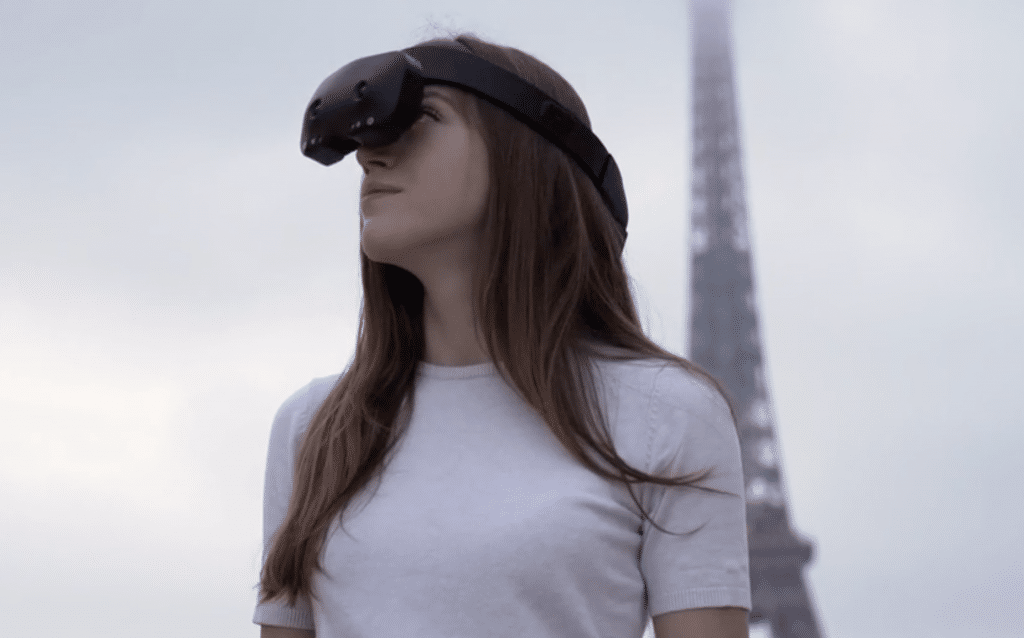
Applications of 6DoF
6DoF (Six Degrees of Freedom) in VR opens up various applications across various industries and disciplines. Here are five different applications of 6DoF in VR:
Gaming and Entertainment
This is one of the most obvious and popular applications. 6DoF allows gamers to physically move within the game environment, duck behind cover, peek around corners, and interact with game elements in a more lifelike manner. This level of immersion enhances the gameplay experience significantly.
Medical Training and Rehabilitation
VR with 6DoF can be used for surgical training, allowing medical students to practice complex procedures in a risk-free environment. Additionally, it can serve as a tool for physical rehabilitation. Patients recovering from physical injuries can practice movements or exercises in VR environments, with real-time feedback and adjustable scenarios.
Real Estate and Architecture
Architects and real estate agents can use 6DoF VR to provide virtual tours of properties or architectural designs. Potential buyers or stakeholders can walk through a property, look around spaces, and get a genuine sense of the layout and feel, all without being physically present.
Training and Simulation
Beyond medical training, 6DoF VR can be utilized for various training scenarios, from military and police simulations to fire safety drills. Trainees can interact with the environment, practice procedures, and respond to dynamic situations, all within the safety of a virtual space.
Education and Virtual Field Trips
Educators can use 6DoF VR to take students on virtual field trips, allowing them to explore historical sites, dive underwater, or even visit other planets. Unlike traditional media, students can actively move around and explore these environments, leading to a more engaging and memorable learning experience.
Other notable applications include product design and prototyping, where designers can interact with and modify 3D models of products in real time, and psychological treatments, where patients can confront and manage phobias in controlled VR scenarios.
The potential uses for 6DoF VR continue to grow as the technology matures and becomes more widespread.

What is the Future of 6DoF?
The future of 6DoF VR (Six Degrees of Freedom Virtual Reality) holds much promise as technology evolves and applications expand. Here are some anticipated directions and advancements for the future of 6DoF VR:
Improved Hardware
We can expect advancements in future VR headsets’ accuracy, responsiveness, and overall performance. The next Quest will probably be lighter, more comfortable, and offer higher resolutions and wider fields of view. Innovations in tracking technology might reduce or eliminate the need for external cameras in the headset.
Enhanced Haptic Feedback
One of the challenges in VR is replicating the sense of touch. Future 6DoF systems may incorporate sophisticated haptic feedback mechanisms, allowing users to “feel” virtual objects, textures, and even temperatures, further enhancing immersion.
Integration with AI
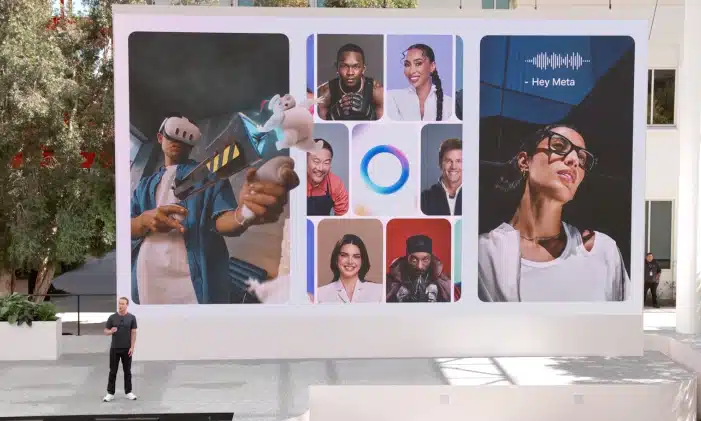
Integration with artificial intelligence can lead to smarter and more responsive virtual environments. AI can make NPCs (non-player characters) more realistic, enhance simulations’ adaptability, or personalize VR experiences based on user behavior.
Mixed Reality
6DoF isn’t just limited to VR. It can be a part of mixed reality (MR) or augmented reality (AR) systems where digital elements are overlaid in the real world. With 6DoF tracking in MR/AR, users can interact with these digital elements as naturally as with real objects.
Expanding Applications
Beyond entertainment, we’ll likely see an increase in the use of 6DoF VR in various industries like healthcare, education, tourism, and more. For instance, remote workspaces might become more prevalent, where teams collaborate in virtual spaces with realistic interactivity.
Social VR
Social interactions in VR will become more prominent and lifelike. People might hold meetings, attend concerts, or even go on dates in virtual spaces, interacting as if they were physically present.
Affordability and Accessibility
As the technology matures, the costs associated with 6DoF VR systems might decrease, making it more accessible to a broader audience. This democratization of VR technology will lead to more widespread adoption and novel applications we haven’t yet considered.
Conclusion
As you can see, 6 degrees of freedom has several advantages and use cases. All modern VR headsets use it and its easy to see why. As the technology improves with more AI, the costs will decrease and you’ll need less hardware.

